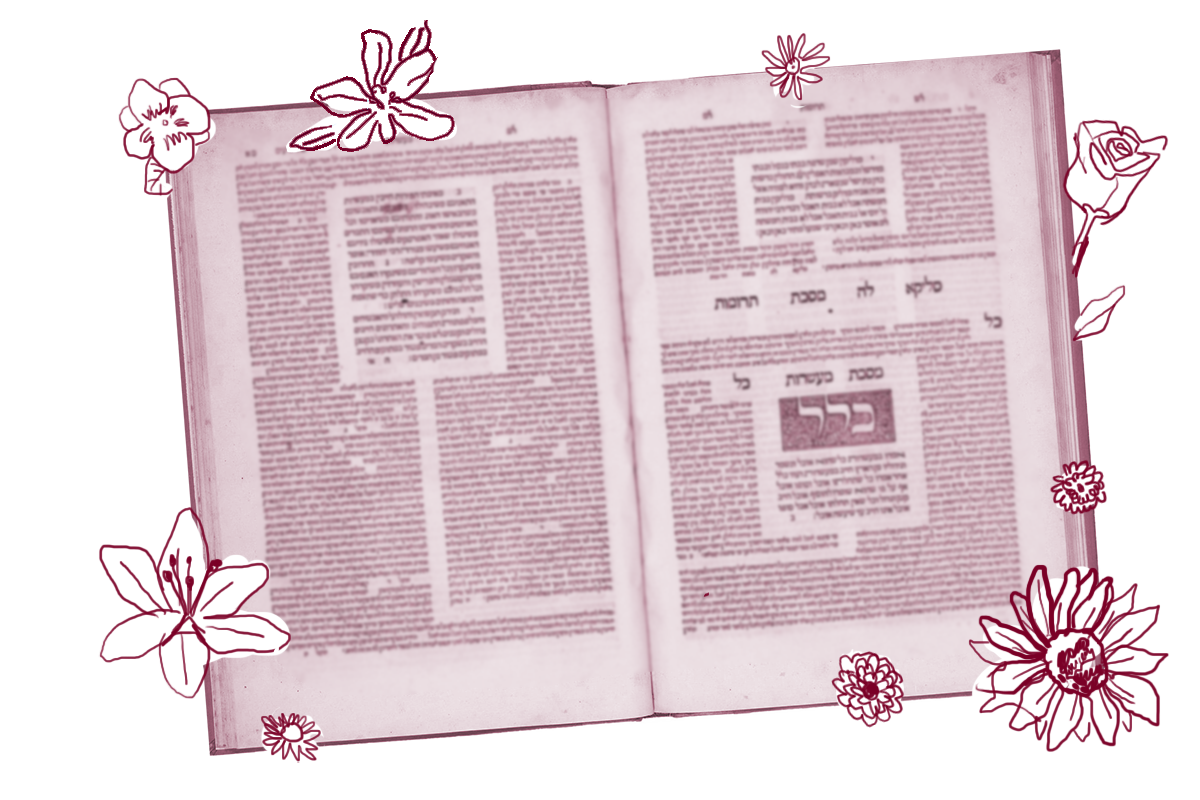Many of us are no doubt familiar with the custom of kriah, the tearing of a garment (or a black ribbon affixed to one’s garment) upon the death of a close relative. A teaching on today’s daf discusses the people for whom one not only tears clothing, but never repairs it. In addition to parents, in the time of the Talmud (although typically not today), kriah was performed for one’s Torah teacher, the nasi (community leader) and the president of the beit din, or religious court.
Curiously, the Talmud then enumerates a number of additional situations in which one tears kriah:
Upon hearing evil tidings; or hearing God’s name being blessed (a euphemism for hearing God’s name being cursed); or when a Torah scroll has been burned; or upon seeing the cities of Judea (that were destroyed) or the (destroyed) Temple, or Jerusalem (in ruins).
Today, most people don’t have a custom of tearing our clothes upon seeing a burned Torah or witnessing the ruins of the Jerusalem Temple, though there is a custom of fasting if we have the misfortune to witness a Torah scroll being dropped. But a burned Torah scroll impacts us on such a visceral level that, according to this teaching at least, we mark the occasion as if we have lost a parent.
With your help, My Jewish Learning can provide endless opportunities for learning, connection and discovery.
Thankfully, I have never seen a Torah scroll on fire. But my synagogue does own a rescued Holocaust-era Torah with burn marks starkly evident. Many of us have surely read about the burning of Torah scrolls throughout history (pogroms, the Holocaust, and more) as well as in modern acts of antisemitism. Even just reading about such events without witnessing them is terribly heart rending. That said, why does the Talmud describe the response to it as tantamount to the way we mourn a parent or a teacher? A Torah scroll is sacred, yes, but it’s still an object.
Drawing on Rashi’s commentary, Rabbi Adin Steinsaltz described three ways that a Torah scroll does, in fact, resemble a person. First, Proverbs describes both a Torah scroll (Proverbs 6:23) and a human soul (Proverbs 20:27) as the “candle” of God, so the loss of either deserves a display of mourning. Second, the potential Torah study that is lost when a person dies can be likened to a burning Torah scroll. And third, because every Jew is filled with the mitzvot they performed during their lifetime, they are comparable to a Torah scroll, which itself contains all the commandments.
This commentary does a good job of explaining how a Torah scroll is like a person and worthy of mourning rituals, particularly if it has been set on fire. But I think we can also learn something profound from the inverse: that a person is like a Torah scroll.
Go into any synagogue around the world during the Torah service and you will see participants treating the Torah with utmost respect. We kiss the scroll, we dress it in finery, and we parade it through the congregation with songs. Now imagine that we treated every single person this way — with utmost reverence. Perhaps that’s what the sages of the Talmud, Rashi and Rabbi Steinsaltz — commentators from three different eras — are trying to teach us: that we should accord our fellow humans (especially our parents) the same level of respect in life and in death. With this teaching, it’s easier to understand why we rend our clothes at the sight of a burning Torah.
Read all of Moed Katan 26 on Sefaria.
This piece originally appeared in a My Jewish Learning Daf Yomi email newsletter sent on February 7th, 2022. If you are interested in receiving the newsletter, sign up here.



